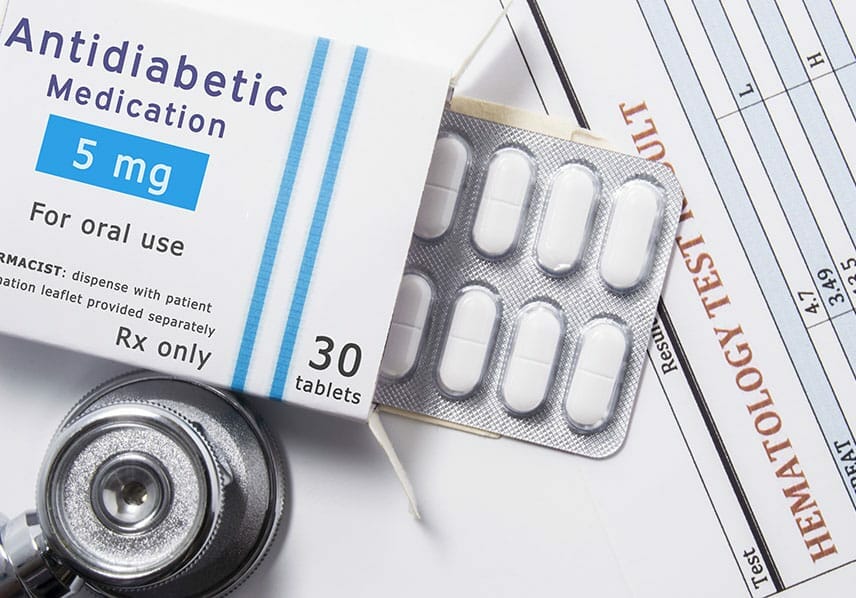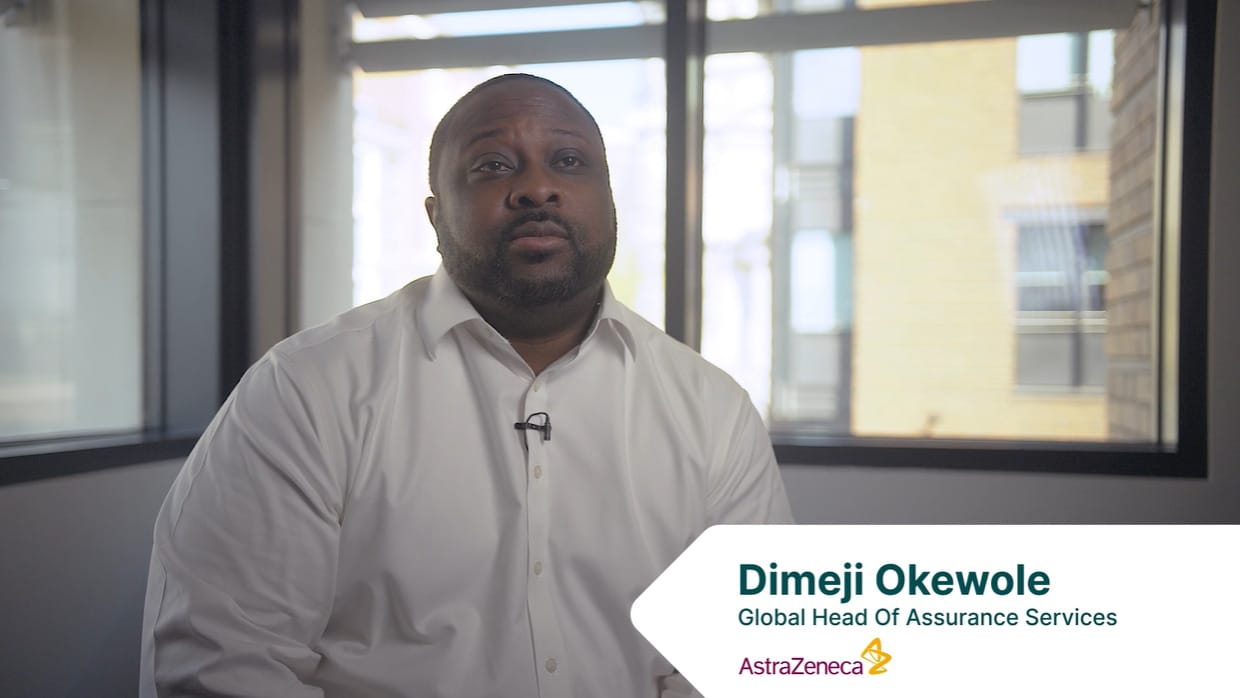Blog
Falsified Diabetes Medicines Threaten Patients & Manufacturers
- Brand Protection

Diabetes is one of the fastest growing non-communicable diseases globally and with this, comes a range of supply problems including falsified medicines.
Authentic medicines supply has been further reduced by the west’s social-media fueled off-label use of diabetes products such as GLP-1 agonists for weight-loss. This in turn has driven this new group of users, to search for medicines online without prescription, taking them to unauthorized sources and again falsified versions. Against this background of unprecedented sector, growth, manufacturers must act to protect their patients and safeguard brand reputations.
- In 2021, approximately 537 million adults (20-79 years) were living with diabetes[1].
- The total number of people living with diabetes is projected to rise to 643 million by 2030 and 783 million by 2045[2].
- Diabetes treatment constitutes around 12% of the total healthcare expenditure on a global scale[3].
Diabetes medicines are an incredibly important group of drugs, helping those with type 1 or type 2 diabetes control their insulin levels and improve their quality of life. As the success of various medicines continue to be documented, more attention has been given to the side-effects. The most well-publicized of which is weight-loss, due to the user potentially losing their appetite.
Certain diabetes medicine brands have been officially approved for weight-loss use, others have not. Corsearch’s analysts have detected a growing trend of unscrupulous private clinics and illegal online pharmacies dispensing medicines such as GLP-1 agonists without prescription. This has led to regulatory issues with their use.
While regulatory issues can certainly cause headaches for manufacturers, the most severe threat is posed by counterfeits. Bad actors have started producing falsified versions of diabetes medicines as they exploit global supply shortages in the medicines. With these products entering the global supply chain at an alarming rate, patients and brands are being put at significant risk.
Read this blog to learn about:
- The growing regulatory issues with non-prescribed use of diabetes medicines
- The increase in falsified diabetes medicines available on the market
- The risks to patients and manufacturers
- The need for a Brand Protection partner and a comprehensive strategy
- How Corsearch can help
Growing regulatory issues with non-prescribed use of diabetes medicines
While off-label use of medicines is allowed when prescribed by HCPs (healthcare providers), Corsearch’s brand protection experts are increasingly observing the sale and resale of diabetes medicines without prescription in the US and UK. Illegal online pharmacies and aesthetic weight loss clinics are now opting to sell both branded and non-branded products directly to patients, evading the scrutiny of regulators.
In the US, we have also detected non-compliant listings on platforms such as Craigslist, Instagram, Facebook, and specific websites targeting US consumers. In China, we are seeing the wholesale of loose active pharmaceutical ingredients under manufacturer brand names.
The boom in weight-loss usage of diabetes medicines, popularized by celebrity figures such as Elon Musk[4], has led to a shortage. This is where opportunistic counterfeiters are beginning to rear their heads, producing falsified medicines to fill the gap left by record-demand for both insulin-control and weight-loss.
Increasing volumes of falsified diabetes medicines
Illicit pharmacies are at high-risk of selling counterfeited medicines. The WHO estimates that as much as 50% of medicines sold illicitly online are falsified[5].
Analysis by Corsearch’s Pharma experts in Brand Protection reveals that the counterfeit supply chain begins in China. We have detected wholesale of both finished product and APIs on key B2B Platforms like Made-In-China and ec21 – many of which are suspected to be counterfeit.
Further down the supply chain are social media platforms such as Facebook and WeChat, which serve as a key vector for illicit sales. Consumers are first hit with weight-loss adverts for “branded” diabetes medicines – often impersonating legitimate medicine manufacturers. After clicking an advert, consumers are redirected to platforms like Telegram and WhatsApp to finalize the sale.
Consumers will also proactively look for where to purchase branded medicines ‘without prescription’ on websites and global marketplaces.
When consumers purchase medicines in this manner, without prescription and/or advice from HCPs, they are at high risk of receiving dangerous counterfeit products.
Finally, our experts are aware of a growing trend where original empty devices are being refilled with falsified medicines. Any trade of used or unused diabetes devices is automatically deemed to be suspicious.
The risks to patients and manufacturers
Patient safety
The weight-loss boom has led to an explosion in non-prescribed use of diabetes medicines. While the legitimate medicine is safe, there is a risk that patients do not gradually increase their dosage but instead start as the highest dosage – something an HCP would advise against. This increases the risk of other side effects.
It should also be noted that diabetes medicines such as GLP-1s are not recommended to those that have a personal or family history of medullary thyroid cancer or multiple endocrine neoplasia[6]. Without advice from an HCP, a patient in this risk-group could end up taking the medicine completely unaware of the risk.
Falsified medicines pose a significant danger to patient safety. They do not contain active ingredients, but instead other ingredients with dubious effects. They are often labeled at the wrong dose and can contain outright dangerous substances. And much alike counterfeits seen in other industries, they are manufactured in unsanitary and unregulated environments, such as ‘garages, warehouses, or shacks’[7].
Damage to brand reputation
The potential for harm, such as hospitalization or worse, is very real. If falsified branded medicines remain on the market and end up in the hands of diabetes patients or weight-loss users, there is a risk of reputational damage. Victims are unlikely to immediately identify that the medicine they used was counterfeit, instead laying the blame at the feet of the brand.
Even after being made aware of the counterfeit’s nature of origin, victims are likely to be of opinion that manufacturers should be doing more to tackle falsified medicines that advertise themselves using brand names. Corsearch research reveals that 69% of consumers believe that brands are responsible for protecting consumers from fake versions of their products sold online [8].
The need for a Brand Protection partner and a comprehensive strategy
So, what is the solution? Diabetes medicine manufacturers should invest in a Brand Protection program that can detect and remove falsified medicines on B2B and B2C platforms, and work with offline agencies to seize counterfeits.
Any partner must have a strong understanding of bad actor tactics in this sector and the enforcement frameworks available. They must be able to execute a comprehensive strategy and deliver results. These are the key components to a comprehensive Brand Protection strategy:
Detect threats across channels
Suspicious products sold on B2C platforms (social media, websites, and marketplaces) constitute the most visible threats to patients, however each stage of the supply chain must be monitored:
- Enforcement at source on B2B platforms can have a significant downstream impact.
- Infringers tend to sell falsified medicines with ‘fake’ batch codes that are used repeatedly on falsified product; use technology to pinpoint this activity even when the brand names have not been used.
- Detecting and prioritizing batch codes. You can also apply this to expiration dates and other useful information found on the box.
- It is common for infringers to promote infringing products without using brand-related keywords; detect and prioritize these infringements using logo detection technology.
- Logo detection using machine-learning can also identify the presence of your official logos, despite being blurred or stretched in images.
- Use a brand protection platform that can prioritize top sellers on the platform.
Enforce at scale
It is critical that you have the capability to enforce at scale, to clean up entire platforms rather than remove individual accounts. You can protect your brands and patients through enforcement:
- Remove potentially harmful products on both B2B and B2C platforms reducing visibility to patients.
Investigate large-scale operators
It is critical that you can investigate and remove large-scale operators to deliver lasting impact:
- Focus on large scale sellers who offer suspicious products.
- Investigate sellers to confirm infringing activity.
- Remove sellers from online operations.
- Support for offline actions.
Collaborate with brands and law enforcement
You can maximize your resources by collaborating with brands and law enforcement:
- Collaborating with other brands on shared targets.
- Working with law enforcement agencies on illegal pharmacies & illicit drugs initiatives.
How Corsearch can help
We know that manufacturers are committed to protecting patient safety and trust in their products. That’s why Corsearch has invested in specially trained teams of online Enforcement Analysts and OSINT Investigators to deliver global solutions specific for pharma and medical device clients.
The teams use their in-depth knowledge of IP, regulatory and scam enforcement alongside advanced technology, to identify and remove high-value targets across platforms and regions.
Speak to one of our pharmaceutical experts today to learn how Corsearch can help you tackle bad actors, protect patient safety, and regain control of how your brand is used online.
References
[1] https://idf.org/aboutdiabetes/what-is-diabetes/facts-figures.html
[2] https://idf.org/aboutdiabetes/what-is-diabetes/facts-figures.html
[3] https://www.mordorintelligence.com/industry-reports/diabetes-drugs-market
[4] https://www.insider.com/elon-musk-weight-loss-drug-wegovy-semaglutide-fit-ripped-healthy-2022-10
[5] https://www.thelancet.com/journals/lancet/article/PIIS0140-6736(15)00394-3/fulltext
[6] https://www.mayoclinic.org/diseases-conditions/type-2-diabetes/expert-answers/byetta/faq-20057955
[7] https://www.ifpma.org/topics/falsified-medicines/
[8] https://www.incoproip.com/reports/protection-the-5th-p-of-marketing/





